12 Effective Fixes for iPhone’s ‘Storage Almost Full’ Popup
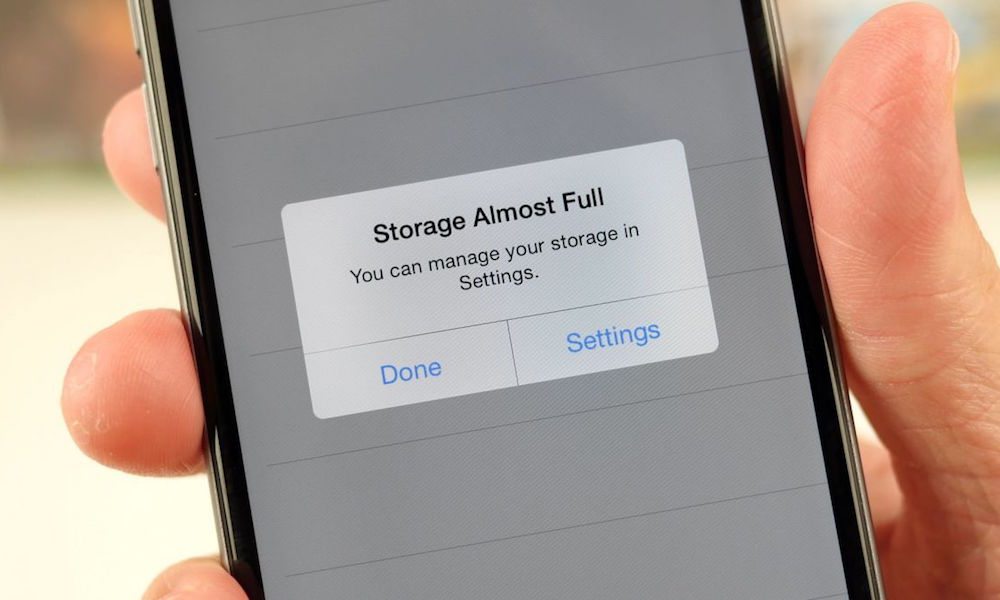
While Apple has been adding more storage options to iPhone and iPad, and even increased the base iPhone 7 model's storage to 32GB from 16GB, users with low storage capacities often end up filling it very quickly. Most apps (especially games) are large, ranging anywhere from 50MB to as much as 2GB. High-quality photos and videos take up a lot of space too.
When you run out of space on your iPhone, you won't be able to install new apps, capture photos, or store your favorite new songs or videos. Your device will constantly display a popup message that says "Storage Almost Full". This can be very annoying and the only way to get rid of it is to free up some space on your device. Here are 12 effective ways to clear the storage space of your iPhone to get rid of the 'Storage Almost Full' popup.
12. Delete Oversized, Unused Apps

If you have a lot of apps installed on your iPhone, chances are that some of them are not used as much as others. Go through all the apps you've installed to find the ones that you no longer need and remove them from your device. This way you can save space by removing unnecessary apps. Additionally, you can delete the apps that are consuming a lot of space. To determine how much space each app is consuming..
- Open Settings.
- Tap General.
- Tap Storage & iCloud Usage (or iPhone Storage in iOS 11. If you have iOS 11 installed, skip step 4).
- Under Storage, tap on Manage Storage.
A list is displayed containing all the apps you've installed on your iPhone. Next to each app is the space that it consumes. Open the ones that are consuming a lot of space, but are not used as much. Then tap on the Delete App button.
Navigate to #11 Using the Right Arrow
11. Clear Safari Cache and Other App Cache
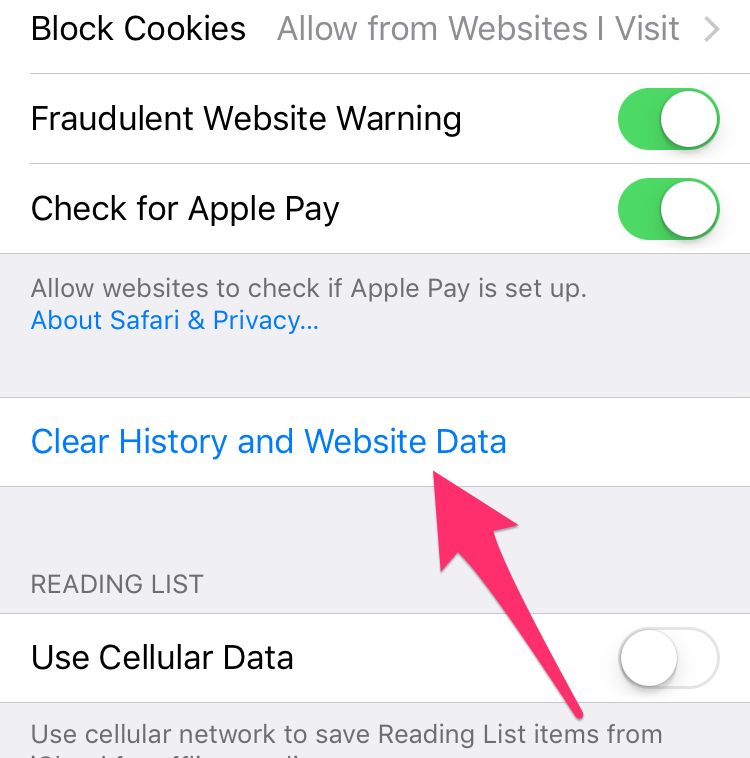
When browsing websites using Safari, or any other modern browser, most of the files are cached such as images, cookies, CSS, Javascript, and so on. These cached files help the website load faster the next time you visit it, and also prevents your bandwidth from being wasted. The downside is that cached files can occupy space on your device, which is why it's a good idea to clear it every once in a while. To delete the Safari cache..
- Open Settings.
- Tap Safari.
- Then tap on Clear History and Website Data.
Third-party apps also cache data such as Twitter, Telegram, and WhatsApp. Most of these apps provide an option to clear their cache to save space. Therefore, you should also consider clearing those caches to save additional space.
Navigate to #10 Using the Right Arrow
10. Delete Over-the-Air (OTA) Updates
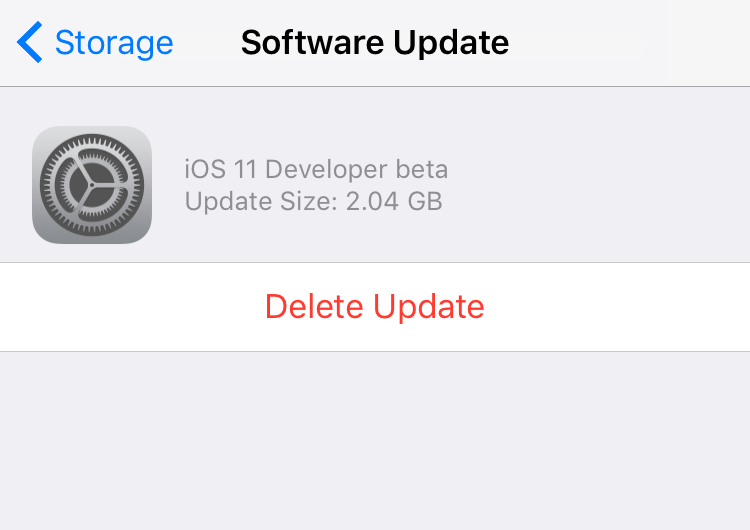
When there's an update available for your device, it is downloaded automatically, ready to be installed whenever you want. These OTA updates consume a lot of space, ranging from 1GB to as much as 3GB. You can save a lot of space by deleting these updates if you don't wish to install them.
- Open Settings
- Tap General
- Tap Storage & iCloud Usage.
- Under Storage, tap on Manage Storage. From the list that opens, find the OTA update you want to delete and tap on it to open.
- Then press Delete Update.
Navigate to #9 Using the Right Arrow
9. Delete Photos and Videos

If you capture a lot of photos and videos, they'll end up consuming a large amount of space on your iPhone. You can save space by transferring photos and videos to your computer using AirDrop - then simply delete them from your device. Alternatively, you can upload your photos and videos to third-party cloud services, such as Dropbox or Google Photos.
Navigate to #8 Using the Right ArrowÂ
8. Delete Songs
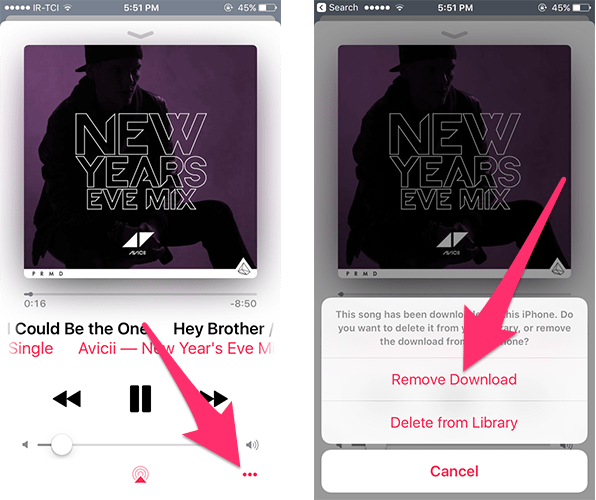
Just like apps, songs also take up a lot of space on your iPhone. You can delete the old ones so that your storage space is not wasted.
- Open the Music app and go to the songs list.
- To delete a song, tap on it to play and then open the Now Playing screen.
- Press the ellipsis button in bottom right and choose Remove > Remove Download.
Alternatively, you could switch to a music streaming service so that you don't have to store songs on your device. Examples include Apple Music, Spotify, Tidal, and Pandora. Once you've switched to a music streaming service, you can delete all of the songs saved to your device.
- Open Settings.
- Tap General.
- Tap Storage & iCloud Usage.
- Under Storage, tap on Manage Storage.
- Next, tap on Music, and then press the Edit button in the top right corner.
- Now press the minus sign next to All Songs and choose Delete.
Navigate to #7 Using the Right Arrow
7. Remove Old Podcasts
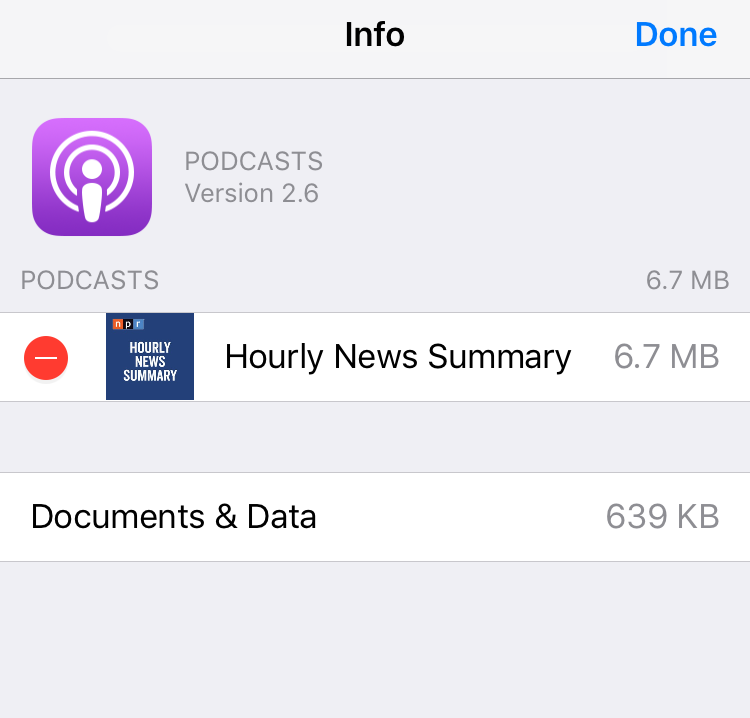
If you love listening to podcasts, then consider removing the old ones to save space. To do so..
- Open Settings.
- Tap General.
- Tap Storage & iCloud Usage.
- Under Storage, tap on Manage Storage.
- Tap on Podcasts and then press the Edit button in top right corner.
- Once you're in edit mode, tap on the red minus sign next to a podcast you want to remove and then press the Delete button.
Navigate to #6 Using the Right Arrow
6. Delete Messages

iMessages with photos and videos occupy a lot of space on your iPhone. They can pile up to take a considerable amount of storage space. Therefore, you should delete the media files that you no longer need.
- Open Messages and go to a conversation where you want to remove photos and videos.
- Tap on the (Â i )Â button in top right corner to open the Details page.
- At the bottom, you'll find a section for 'Images' and 'Attachments'.
- Lightly tap and hold on each of the media files you want to remove and then press the Delete button.
To delete all the messages, photos, and videos from a conversation, simply swipe the conversation thread to the left and press Delete.
Navigate to #5 Using the Right Arrow
5. Set Messages to Auto-Delete
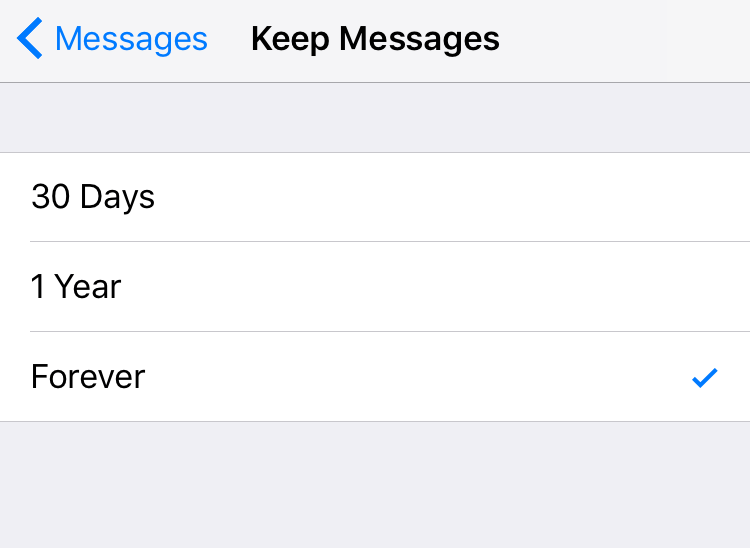
If you don't want to delete messages manually, you can set them to delete automatically after a certain period of time.
- Open Settings.
- Tap Messages.
- Tap on Keep Messages, and choose either 30 Days or 1 Year.
Navigate to #4 Using the Right Arrow
4. Optimize Photos

If you're using iCloud Photo Library to sync all your photos and videos across devices, you can save space by optimizing the photos stored on your device. This will remove full-size images from your device, and will keep the full-size images in iCloud.
- Open Settings.
- Tap Photos & Camera.
- Select Optimize iPhone Storage.
Navigate to #3 Using the Right Arrow
3. Get Rid of Extra Speech Voices
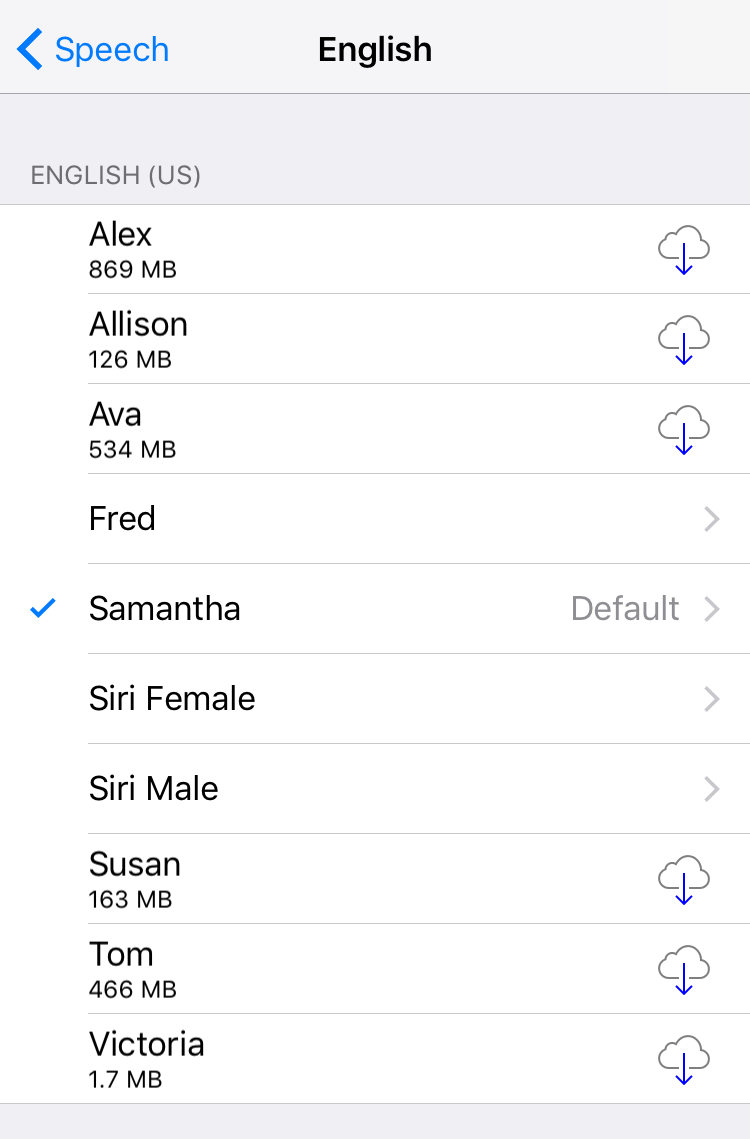
Apple allows you to change the voice of Siri, VoiceOver, and other speech features. Before changing, you have to download these extra voices to your iPhone, and they occupy a lot of space. For instance, the voice by Alex consumes over 850MB, which can be a lot if you are running out of storage space.
- Open Settings
- Tap General
- Tap Accessibility
- Tap VoiceOver.
- Tap Speech, then tap on Voice.
- Press the Edit button in top right corner.
- Now tap on the red minus button next to the voice that you want to remove and then press the Delete button.
Navigate to #2 Using the Right Arrow
2. Clear Your Offline Reading List
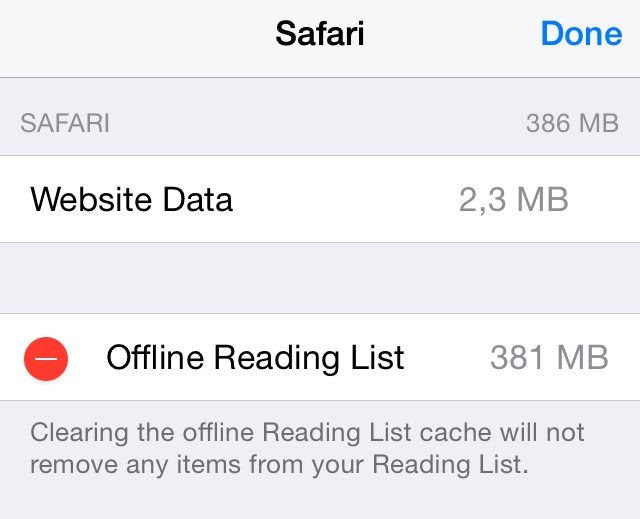
Safari has a feature called Reading List that allows you to save webpages and read them later in offline mode. If you've been using this feature for some time, then chances are that it is occupying some space on your iPhone.
- Open Settings.
- Tap General.
- Tap Storage & iCloud Usage.
- Under Storage, tap on Manage Storage and then choose Safari from the list of apps.
- Here you can see the amount of storage that Offline Reading List is occupying. Swipe it to the left and choose Delete.
This will only delete its cached data and won't remove any items from your Reading List.
Navigate to #1 Using the Right Arrow
1. Restore Your iPhone

If you're still running out of space after following the tips mentioned before, then you may want to restore your device to erase all of the excess files and data from your iPhone and start fresh. Backup your iPhone first, then you can restore your device via iTunes. Important: Backup your iPhone first.
- After you've backed up your iPhone, open Settings.
- Tap General.
- Tap Reset.
- Tap Erase All Content and Settings.
Once you've wiped your iPhone, you can manually transfer the photos, videos, and songs back to your device, and can download the important apps manually; or restore your iPhone with a backup using iTunes (Recommended).
